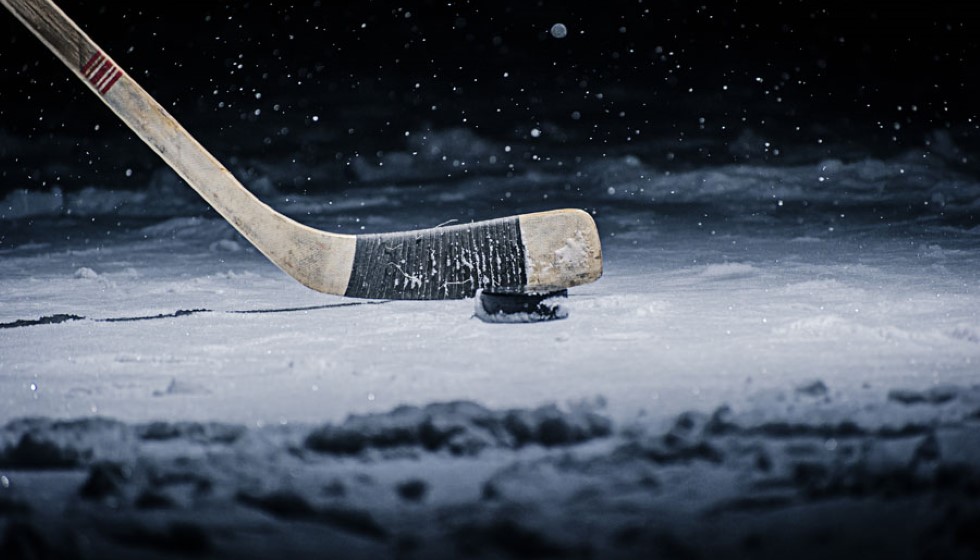
In the competitive world of the NHL, a recent game between the Toronto Maple Leafs and the New York Rangers showcased more than just hockey skills—it highlighted a contentious aspect of the sport, the role of the enforcer. Among the players on the ice, two individuals stood out: Ryan Reaves, a seasoned player known for his physicality, and Matt Rempe, a rookie who has quickly garnered attention not only for his size but also for his role as an enforcer.
The Rookie Enforcer
Standing tall at 6 feet 7 inches and weighing 240 pounds, Rempe has made an impression in his debut season. With one goal and one assist in seven games, his contributions on the score sheet may seem modest. However, it's in the penalty box where Rempe's presence is more significantly felt. Accumulating 37 minutes in penalties—5 minutes more than his actual gameplay time—his aptitude for the enforcer role is undeniable.
Labeling himself as an "enforcer" in the NHL isn't without its risks. The unfortunate deaths of former enforcers Derek Boogaard, Wade Belak, and Rick Rypien in 2011 cast a long shadow over this aspect of hockey. Their passing brought to the forefront the potential dangers associated with fighting in hockey, particularly the risk of Chronic Traumatic Encephalopathy (CTE), a condition linked to repeated head injuries.
The Changing Perception of NHL Fights
Despite the concerns, the NHL Commissioner, Gary Bettman, has historically disagreed with the findings connecting CTE to hockey fights. Nonetheless, the perception and role of enforcers in hockey have been undergoing significant changes. The rise of analytics in hockey has transformed the game, making it a challenge for traditional enforcers to find their place. Today, enforcers are often criticized for their lack of scoring and sometimes subpar skating abilities.
As the role of fighting in hockey has diminished, the game has evolved into a faster, more skill-focused sport. This shift not only makes the game more engaging for fans but also reflects an effort to make hockey more inclusive. Fighting, while part of hockey's "code," is being scrutinized for its impact on players and the culture of the sport.
Rempe's Fights: A Double-Edged Sword
The discussions surrounding Rempe and the role of fighting in the NHL are part of a larger cultural battleground. During the NHL All-Star break in Florida, even a seemingly benign LinkedIn post about an NHL career fair became a topic of controversy when criticized by Florida Governor Ron DeSantis' office. The conversation around hockey, its culture, and its inclusivity has never been more pertinent.
Amidst these broader discussions, figures like Paul Bissonnette of TNT's NHL panel have weighed in on Rempe's actions on the ice. Bissonnette viewed Rempe's hit as a nod to an "old-school" mindset and praised the rookie for being willing to "answer for his actions." This perspective aligns with those who believe enforcers play a crucial role in keeping the game safe, asserting that their presence can prevent other forms of misconduct on the ice.
However, whether the involvement of enforcers like Rempe leads to more significant confrontations or deters further disputes is an ongoing debate. Some argue that enforcers contribute to a safer playing environment by holding players accountable, while others see their role as an archaic and potentially harmful vestige of hockey's past.
Looking Ahead
The role of enforcers in the NHL continues to be a divisive topic. As the game evolves and society's understanding of the long-term impacts of head injuries expands, the place of fighting in hockey is likely to be scrutinized even further. The balance between maintaining hockey's physicality and ensuring the safety of its players remains a challenge for the NHL.
For rookies like Rempe, navigating their roles on their teams and within the larger context of the sport will be crucial as they establish their careers. Whether the role of the enforcer will remain a fixture in hockey or become a relic of the past is yet to be determined, but it's clear the conversation around it is as relevant and heated as ever.